It’s been a stop-start summer for many, with very little long, hot summer days for stock to lap up the sun, lie back and thrive. The weather has impacted thrive on some farms, particularly in the west of the country, where animals will come into sheds for a second year in a row. This will have an impact on cattle supplies for the rest of the year, with very few cattle currently coming fit off grass where land type is marginal.
A wet summer and autumn will also lead to a higher liver fluke and parasite risk and vets are already seeing an increased incidence of fluke-related issues, especially in wetter areas.
An animal’s natural habitat is outdoors, but that often isn’t practical on animal welfare and farmer welfare grounds.
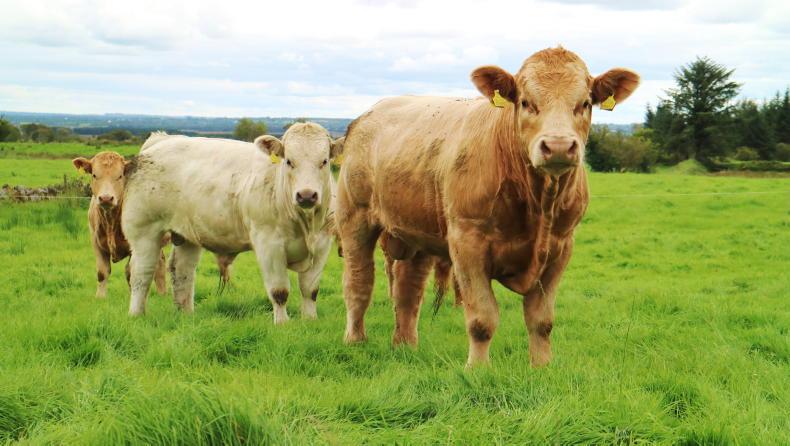
Where animals are housed, it’s important that this is completed in a stress-free manner and everything about the winter accommodation is in good shape, and comfortable for animals. Good ventilation is key to avoiding health issues.
On page 50, we go through some top tips on getting your yard up to scratch ahead of the winter housing period. Lights, barriers, drinkers all need to be checked in advance of housing, with annual repair work carried out as soon as possible. Martin Merrick takes a look at feeding weanlings, including whether it pays to feed weanlings ahead of autumn sales. Weaning can be a stressful time on both the cow and calf.
We take a look at knowing the signs of pneumonia in weanlings and how to go about vaccinating them against it. We also take a look at tetany prevention and how to avoid death in suckler cows. Blackleg is another disease that sometimes crops up in the autumn.
Regional veterinary labs are currently seeing a lot of blackleg-related deaths. Vaccination is key to its control.
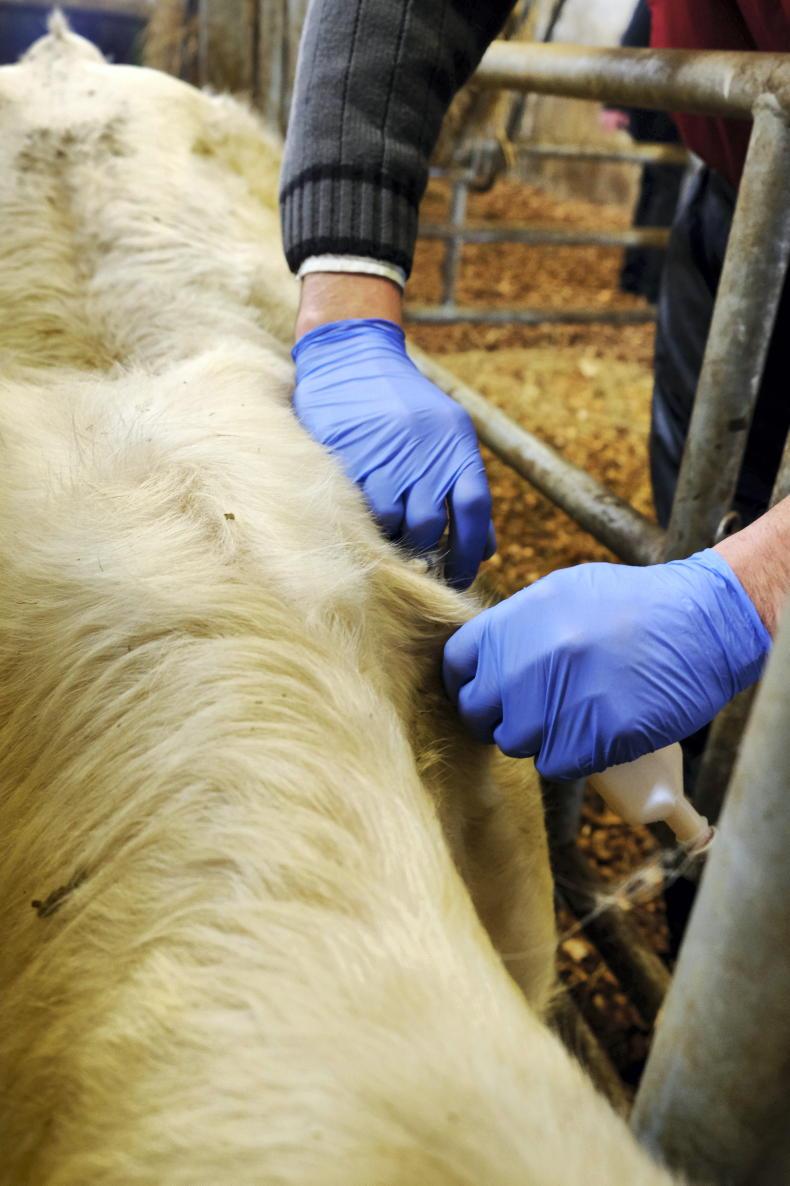
It’s been a stop-start summer for many, with very little long, hot summer days for stock to lap up the sun, lie back and thrive. The weather has impacted thrive on some farms, particularly in the west of the country, where animals will come into sheds for a second year in a row. This will have an impact on cattle supplies for the rest of the year, with very few cattle currently coming fit off grass where land type is marginal.
A wet summer and autumn will also lead to a higher liver fluke and parasite risk and vets are already seeing an increased incidence of fluke-related issues, especially in wetter areas.
An animal’s natural habitat is outdoors, but that often isn’t practical on animal welfare and farmer welfare grounds.

Where animals are housed, it’s important that this is completed in a stress-free manner and everything about the winter accommodation is in good shape, and comfortable for animals. Good ventilation is key to avoiding health issues.
On page 50, we go through some top tips on getting your yard up to scratch ahead of the winter housing period. Lights, barriers, drinkers all need to be checked in advance of housing, with annual repair work carried out as soon as possible. Martin Merrick takes a look at feeding weanlings, including whether it pays to feed weanlings ahead of autumn sales. Weaning can be a stressful time on both the cow and calf.
We take a look at knowing the signs of pneumonia in weanlings and how to go about vaccinating them against it. We also take a look at tetany prevention and how to avoid death in suckler cows. Blackleg is another disease that sometimes crops up in the autumn.
Regional veterinary labs are currently seeing a lot of blackleg-related deaths. Vaccination is key to its control.








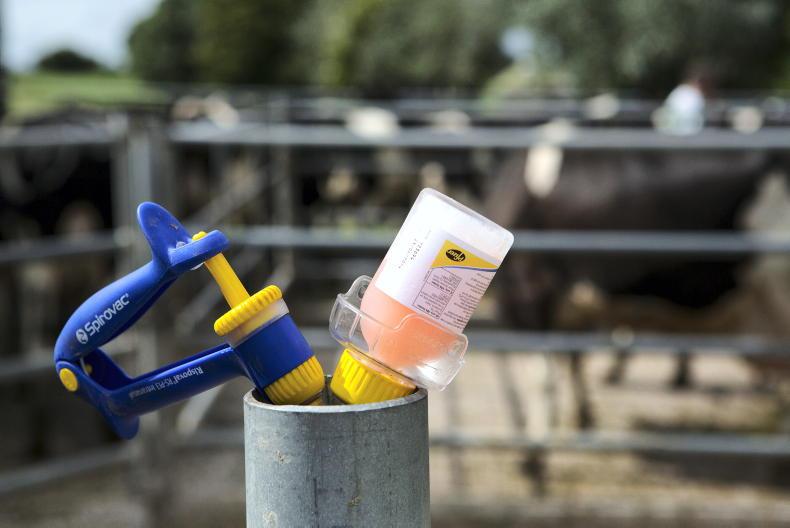
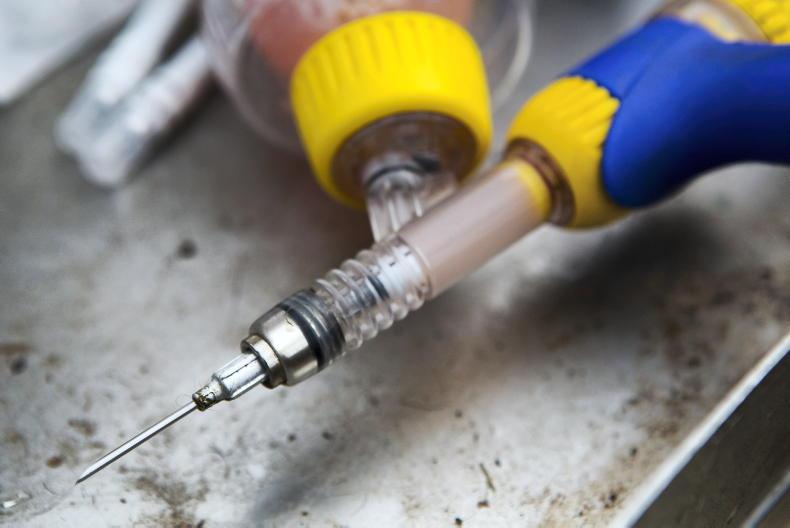
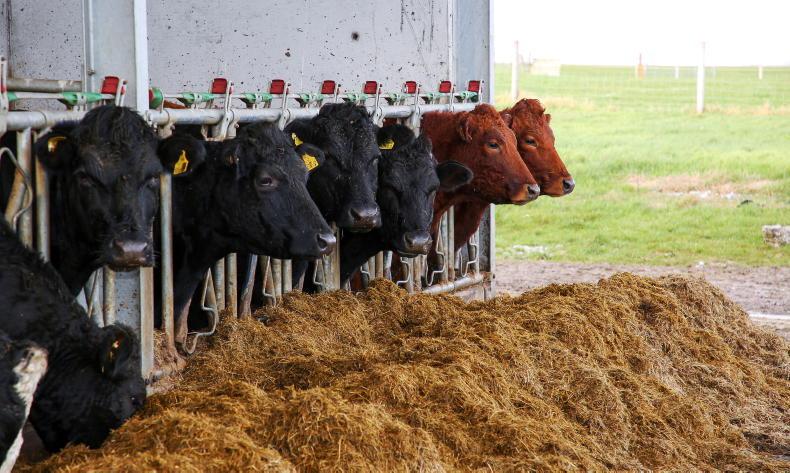
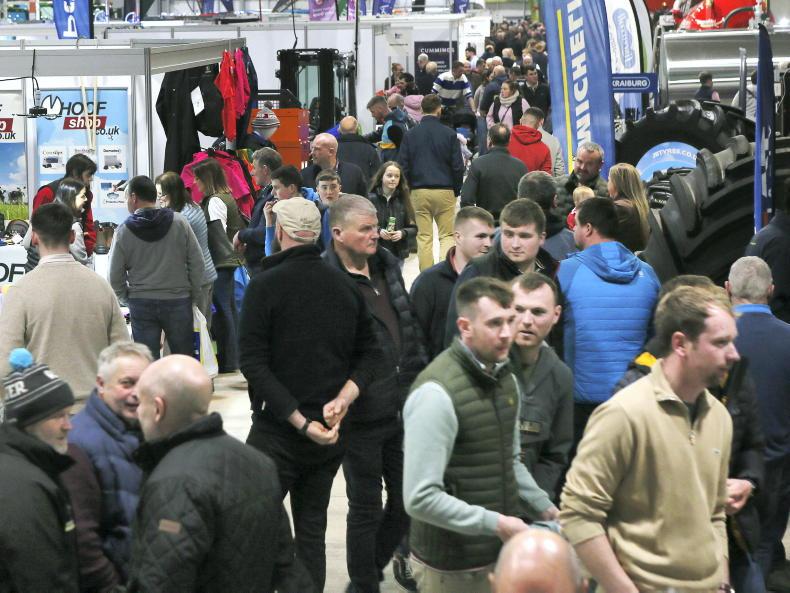
SHARING OPTIONS